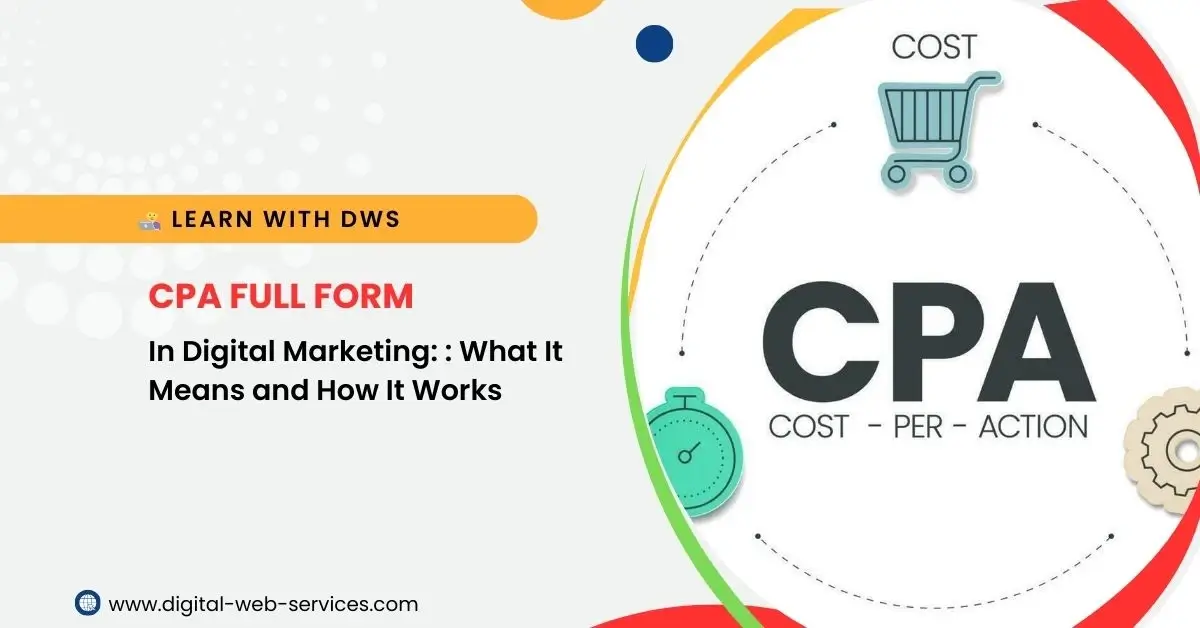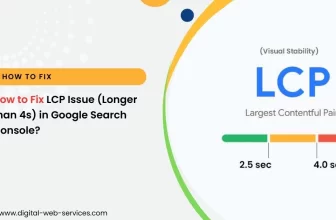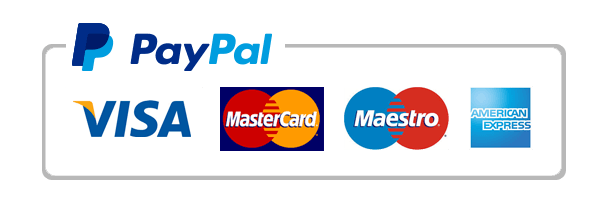
In digital marketing, the CPA full form stands for Cost Per Action. It is a performance-based advertising model where advertisers pay only when a user takes a specific action, such as filling out a form, signing up for a newsletter, or making a purchase. In this article, we will explain CPA meaning in digital marketing, its benefits, and how it works. Additionally, we will explore how it compares to other marketing models, such as CPC (Cost Per Click).
What Is CPA in Digital Marketing?
When we talk about CPA in digital marketing, we’re referring to the cost an advertiser pays when a user takes a predefined action. These actions can vary, depending on the campaign’s goals, but typically involve activities like:
Completing a registration
Subscribing to a newsletter
Purchasing a product
This model is popular because advertisers only pay when users engage in a meaningful way, making it a more cost-efficient choice for many businesses.
Full Form of CPA in Marketing
The full form of CPA is Cost Per Action. It is a metric that measures the total cost incurred for each action taken by a user, which is defined by the advertiser. For example, if a user clicks on an ad and makes a purchase, the business will pay for that specific action.
How CPA Works in Digital Marketing
The way CPA works in digital marketing is simple yet powerful. Advertisers only pay for specific actions taken by users, making it a performance-based model. Unlike CPC (Cost Per Click), where payment is made for each click, CPA advertising focuses on rewarding only the actual desired actions. Here’s how it works step-by-step:
User Interaction: A potential customer clicks on an ad.
Action: The user completes an action, like a purchase, registration, or download.
Payment: The advertiser is charged based on the action taken, not just the click.
CPA vs CPC in Digital Marketing
Many people confuse CPA vs CPC in digital marketing, but they are different. CPC (Cost Per Click) is the amount you pay when a user clicks on an ad, regardless of whether they complete any action afterward. In contrast, CPA ensures you only pay when the user completes the intended action.
CPC is more about driving traffic to a website.
CPA is focused on converting that traffic into measurable actions.
Benefits of CPA in Digital Marketing
There are several benefits of CPA in digital marketing:
Cost-Effective: You only pay when you get the desired action.
Performance-Based: It’s based on results, not just traffic.
Higher ROI: With proper targeting, CPA campaigns often lead to a better return on investment.
Best CPA Marketing Strategies
To make the most of CPA marketing, you need the right strategy. Here are some best CPA marketing strategies:
Targeting the Right Audience: Focus your ads on users who are most likely to perform the desired actions.
Optimizing Your Landing Pages: Make sure your landing pages are designed to encourage users to complete the action.
A/B Testing: Continuously test your ads to find the most effective creatives and messaging.
How to Calculate CPA in Digital Marketing
To calculate CPA in digital marketing, you simply divide the total cost of your campaign by the number of actions taken. Here’s the formula:
CPA = Total Campaign Cost / Number of Actions Taken
For example, if you spend $1,000 on a campaign and generate 200 actions, your CPA is $5.
Digital Marketing and CPA: A Winning Combination
Using CPA in digital marketing is an effective way to focus on results rather than just traffic. By paying for actions, you ensure that your advertising budget is being spent efficiently. The CPA model in digital marketing is ideal for campaigns where conversions are more valuable than just clicks.
FAQs About CPA in Digital Marketing
1. What does CPA stand for in digital marketing?
The full form of CPA is Cost Per Action, which is an advertising model where advertisers pay only when a user completes a specific action.
2. How is CPA different from CPC?
CPC (Cost Per Click) charges advertisers for each click on an ad, while CPA charges for specific actions, like purchases or sign-ups.
3. How do I calculate CPA?
To calculate CPA, divide your total campaign cost by the number of actions taken by users. For example, if you spend $500 and get 100 actions, your CPA is $5.
4. What are the benefits of CPA advertising?
The main benefits include cost-efficiency, performance-based payments, and a higher return on investment (ROI) when targeting the right audience.
5. Can CPA be used for all types of digital marketing campaigns?
Yes, CPA can be used in various digital marketing campaigns, especially for conversions like sales, sign-ups, or downloads.
Digital Web Services (DWS) is a leading IT company specializing in Software Development, Web Application Development, Website Designing, and Digital Marketing. Here are providing all kinds of services and solutions for the digital transformation of any business and website.










